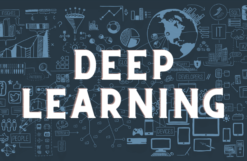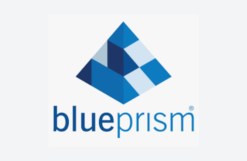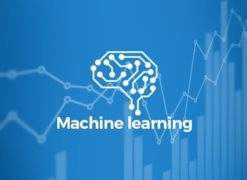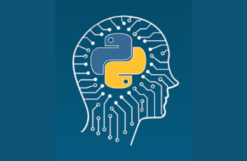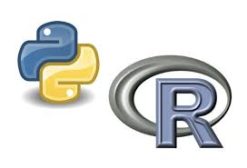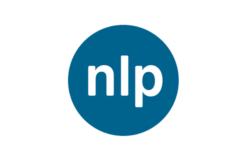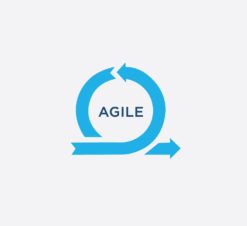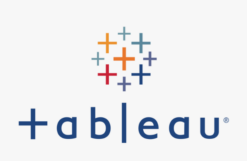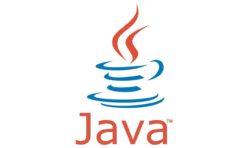Course Overview:
This course introduces people to the principles and process of logical data modeling, Physical Data Modeling using ERWin Tool. The course details how to convert the business data requirements into a graphical representation. It teaches people how to analyze business requirements that should be incorporated into a logical data model and in Physical Data model in turn. In short, participants will learn proven, practical skills for analyzing and modeling data requirements, and make them ready to be transformed into a relational database and design multi Dimensional Database.
Target Audience:
- Anyone who is interested to learn
- Who wants to make a career in data Modelling
- Database Administrators
- Database Modelers
- Analytics Managers
- ETL and BI Developers
Pre-requisites:
This certification training course does not presume or require any prior knowledge or prerequisites.
However, basic knowledge of database concepts be an added advantageous.
We are recommending that students should have following:
- Basic knowledge of database
Course Duration:
- 3 Days ( 21 hours )
Course Content:
Introduction to Logical Data Modeling
- Definitions
- Benefits of logical data modeling
- Data modeling vs. physical database design
- Roles involved in data modeling
- Steps in the data modeling process
- Example data model
Entities
- Identifying entities
- Validating entities
► Documenting “instances” of entities
Distinguishing entities from attributes
- Naming entities
- Starting an Entity/Relationship (E/R) diagram
- Workshop
Relationships
- Identifying significant relationships
- Determining the “cardinality” or “degree” of a relationship
- One-to-One
- One-to-Many
- Many-to-Many
- Determining whether a relationship is optional or mandatory
- Giving a relationship a name
- Documenting the relationships in the E/R diagram
- Walking people through an E/R diagram
- Workshop
- Resolving Many-to-Many Relationships
- Real-world examples of many-to-many relationships
- Why many-to-many relationships are broken down into simpler relationships
- Identifying “association” or “intersection” entities
- Documenting the new relationships in the E/R diagram
- Workshop
Attributes and Normalization
- Defining and categorizing attributes
- Domains and integrity rules
- Unique identifiers/primary keys
- Foreign keys
- Occurrence population
- Normalization: validating the placement of each attribute
- Attribute does not repeat (first normal form)
- Attribute is dependent on its entire UID (second normal form)
- Attribute is dependent only on its UID (third normal form)
- Workshop
Sub-types and Super-types
- Identifying subtypes: real-world examples of subtypes and super types
- Determining when entities are similar
Determining when entities are similar
- UIDs
- Attributes
- One-to-one relationships
One-to-one relationships
- Creating subtypes and super types
- “Type” entities
- Using subtypes to apply fourth normal form
- Establishing the relationships of the sub- and super-entities to other entities
- Mutually exclusive vs. non-mutually exclusive subtypes
- “Role” entities to handle complex subtypes
- Workshop
Recursive Relationships
- Real-world examples of recursive relationships
- Discovering recursive relationships
- Determining whether the relationships are optional or mandatory
- Documenting the new relationships in the E/R diagram
- Hierarchical vs. Network recursive relationships
- “Structure” or “Bill of Materials” entities: fifth normal form
- Workshop
Erwin Data Modeling Concepts
- Entities
- Instances
- Attributes
- Keys
- Relationships
- Unification
- Generalization hierarchies
- Normalization
Erwin Dimensional Modeling Fundamentals
- Modeling Approaches
- Dimensional Modeling First Steps
- Dimensional Model Complexity
- Time Variant Analysis
- Dimensional Sources and Data Mapping
Introduction to CA Erwin Data Modeler
- Creating and configuring new models
- Creating and defining entities
- Creating and defining attributes
- An introduction to the relationship of an attribute and its assigned domain
- Creating and defining relationships
- Creating and using Subject Area views of models
- Extending Erwin with user defined metadata
- Erwin reporting
Intermediate CA Erwin Data Modeler
- Creating and using user Defined Domains
- Managing naming standards
- Managing Data type standards
- An introduction to Forward Engineering (SQL Generation)
- An introduction to reverse Engineering
- An introduction to Complete Compare
- Complete Compare Scenarios
- Complete Compare Exercise
- Design Layer Architecture
- API programming
- ODBC reporting
- Data Warehouse modelling
Dimensional Modeling Self Paced Sessions
Session_1: Identify User Requirements
Session_2: Modeling Design Phase
Session_3: Semantic Layer
Session_4: Multi Dimensional Database Path I
Session_5: Multi Dimensional Database Part II
Delivery Methodology
- We are using an experiential delivering methodology that blends theoretical concepts with hands-on practical learning to ensure a holistic understanding of the subject or course








